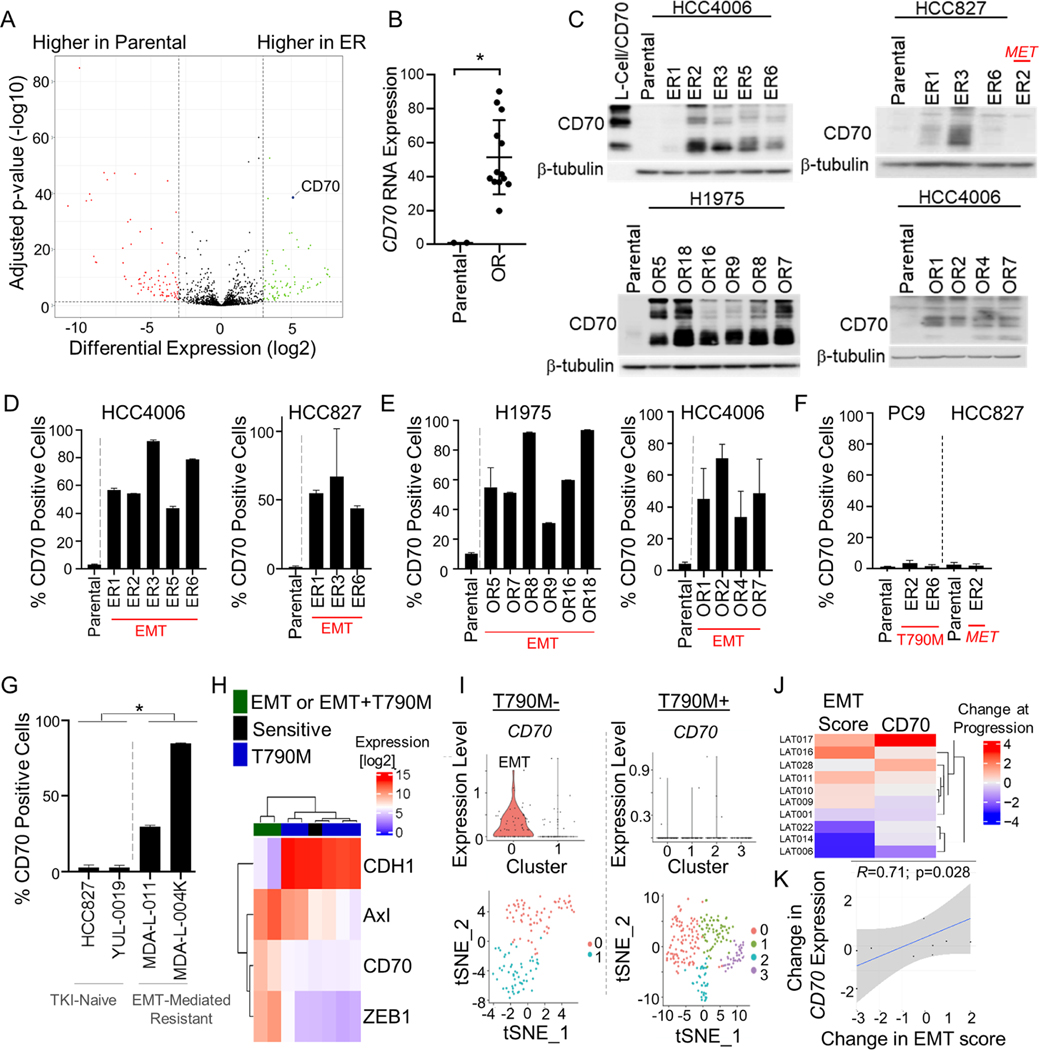Figure 1. CD70 is elevated in NSCLC cells with acquired, EMT-associated EGFR TKI resistance.
(A) Differential expression of genes transcribing cell surface proteins in erlotinib resistant (ER) and parental cells. (B) Mean CD70 expression ± SD in parental (H1975, HCC4006) and osimertinib-resistant (OR) variants. *p = 0.008. (C) CD70 expression by Western blotting. (D-F) Mean CD70 positivity ± SD by flow cytometry (n = 3–6). (G) Mean CD70 positivity ± SD in HCC827 and YUL-0019 cells as compared to MDA-L-011 and MDA-L-004K (n = 2–5). *p = 0.003. (H) Expression of CD70 and EMT-related genes in patient-derived models of erlotinib resistance. (I) scRNAseq analysis of CD70 in T790M negative resistant cells that had undergone EMT31. (J) Change in expression of an EMT gene signature and CD70 in osimertinib-refractory and matched pre-treatment clinical samples. (K) Spearman correlation of differences in EMT-score and CD70 expression for 10 patients with matched pre- and post-osimertinib treatment. Student’s t test was used for B and G.

